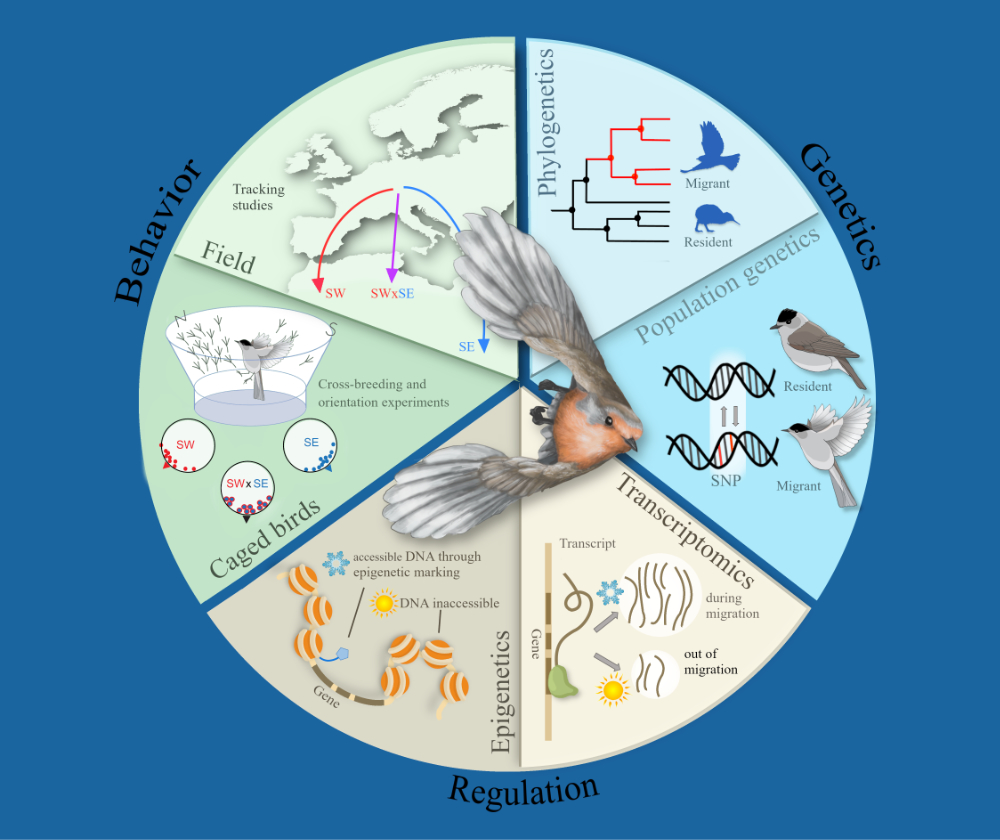Speaker
Description
Sara Döge, Corinna Langebrake, Lars Burnus, Miriam Liedvogel
With the focus on variability of songbird migration, we try to understand which factors influence this behaviour. Breeding site fidelity seems to be essential for the evolution of migration, as it’s an important strategy to return to a successful breeding area to persist in seasonally changing habitats. We investigated the breeding territory fidelity of a partially migratory population of European robins in an North-western forest in Germany. This was done as part of a research project which studies the migratory behaviour of individual robins using radiotelemetry. This data was also used in this project to determine a general site fidelity as well as assessing migratory phenotypes of tagged birds. The latter was complimented by observing robins during winter, while breeding territory fidelity was only possible through observation. To identify individuals and fidelity, all caught robins were ringed with coded colour bands and were monitored over three consecutive breeding seasons. Breeding territory fidelity was determined by the distance between breeding territories from previous and following years, being the place where the robin was either caught or observed during breeding season. Over the three-year observation period, a median distance of 101.95m, with a minimum of 7.21 and a maximum of 983.84m was observed. About 15 % of robins were seen and caught again in their respective following year so far. Comparative morphological analyses consider wing length, tarsus length and tail length in correlation with distance between consecutive territories. A significant negative correlation could only be found for tarsus length (R = -0.35; p = 0.049; n =32), but not for other measures. Tarsus length is used as an indicative measure for general size of a bird, which would in this case mean that larger birds are located closer to their previous-year breeding territory than smaller birds. Interestingly, migratory female robins have significantly smaller wings than migratory males (p = 0.0053), but this was not found in residents or for any other measure. Next to morphological analyses, genetic analyses, namely investigating mitochondrial copy number, are currently performed. This genetic measure is sometimes used as a fitness proxy and we want to investigate that regarding differences in it between years and between migratory phenotypes. The results are supposed to help get insight on this measure in robins, as well as possibly determining if fitness influences the possibility of staying close to a previous breeding territory in robins. Furthermore, the results could be used to explain potential migratory decisions of an individual bird.

